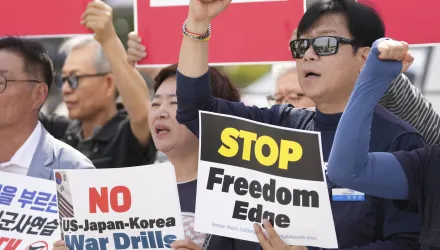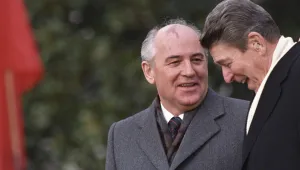International Security is America's leading peer-reviewed journal of security affairs.
In North Korea, the upcoming leadership transition in the Kim Jong-il regime will be a precarious time for the Kim family’s hold on power. A collapse of the North Korean government could have several dangerous implications for East Asia, including “loose nukes,” a humanitarian disaster, a regional refugee crisis, and potential escalation to war between China and the United States. To respond to a collapse and these problems, neighboring countries may perform several military missions to stabilize North Korea. These include the location and securing of North Korean weapons of mass destruction, stability operations, border control, conventional disarmament, and combat/deterrence operations. Assuming that collapse occurs in a relatively benign manner, military missions to stabilize North Korea could require 260,000 to 400,000 troops. If collapse occurs after a war on the peninsula, or if it sparks civil war in North Korea, the number of missions—and their requirements—would grow. Because of the size and complexity of these missions, and because of the perils associated with mismanaging them, advance and combined planning is essential. Combined planning should include those actors (e.g., China, South Korea, and the United States) that could otherwise take destabilizing action to protect their own interests.
Read Brendan M. Howe's review of "The Collapse of North Korea," additional comments by Thomas Nichols, and the author's response to both critics, all at H-Diplo's International Security Studies Forum (ISSF).
Bennett, Bruce W. and Jennifer Lind. “The Collapse of North Korea: Military Missions and Requirements.” Fall 2011



